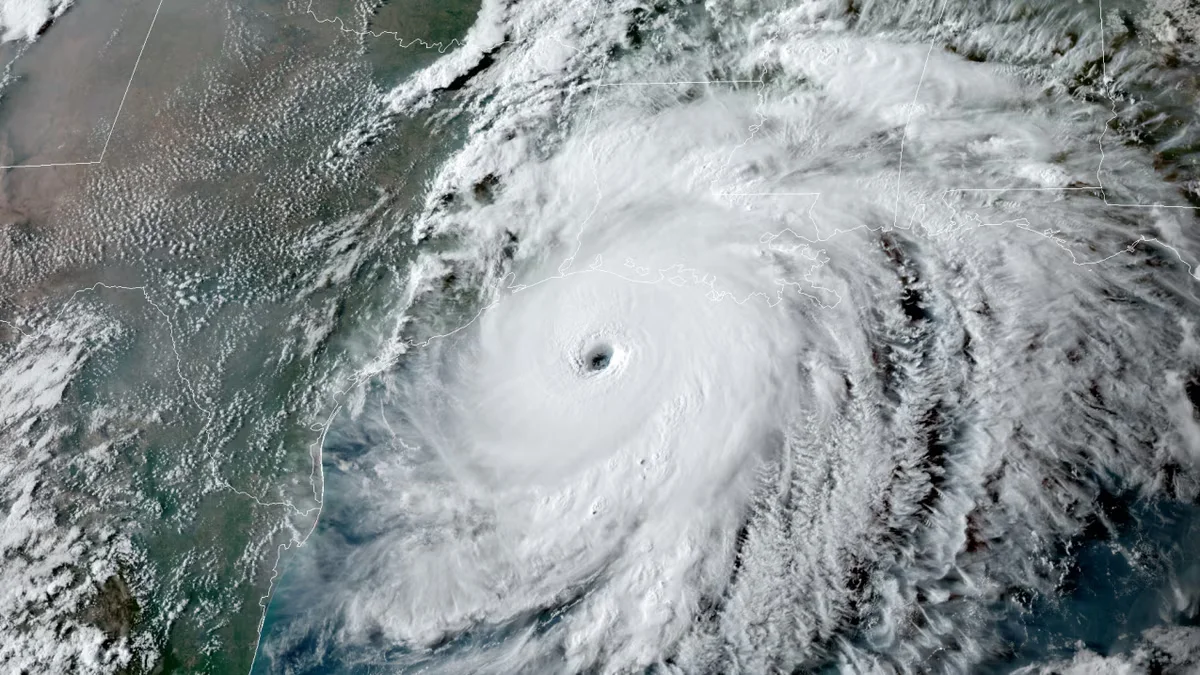Florida is closely monitoring the development of a potential tropical storm in the Gulf of Mexico, as the state prepares for potential impacts. The US National Hurricane Center has issued warnings about the likelihood of flash floods, landslides, and other hazardous conditions in the eastern Yucatan peninsula, western Cuba, and potentially in parts of Florida.
As the weather system gains strength off the coast of Mexico, Florida Governor Ron DeSantis has taken proactive measures by declaring a state of emergency for a significant portion of the state’s Gulf coast. The potential trajectory of the approaching weather system has raised concerns for regions along the Gulf Coast and Panhandle.
The National Hurricane Center has highlighted the possibility of dangerous storm surges, heavy rainfall, and strong winds affecting these areas by the middle of the week. Governor DeSantis’ emergency declaration covers 33 out of Florida’s 67 counties, encompassing a stretch of the Gulf coast from Fort Myers to Panama City.
The system has a 70% chance of developing into a tropical storm by Monday, with an overall probability of 90%. If it does develop into a tropical storm, the name “Idalia” has been reserved for it. Importantly, this storm’s projected path indicates that it won’t follow the trajectory of last year’s devastating Hurricane Ian, sparing the southwest Florida areas that were affected.
Governor DeSantis emphasized the importance of preparedness and planning for families, urging residents to have hurricane supply kits ready. The projected path of the storm suggests it might curve northeastward, potentially making landfall north of Tampa and then moving across the state toward southeast Georgia in the Atlantic Ocean.
While the US East Coast has so far been spared from cyclone impacts this year, the western regions have faced Tropical Storm Hilary, which brought disruptions to areas in Mexico, California, Nevada, and beyond.
The National Oceanic and Atmospheric Administration (NOAA) has revised its hurricane season forecast, predicting heightened activity due to unusually warm ocean temperatures. With the peak of the hurricane season extending until November 30, Florida remains on alert throughout the months of August and September.




